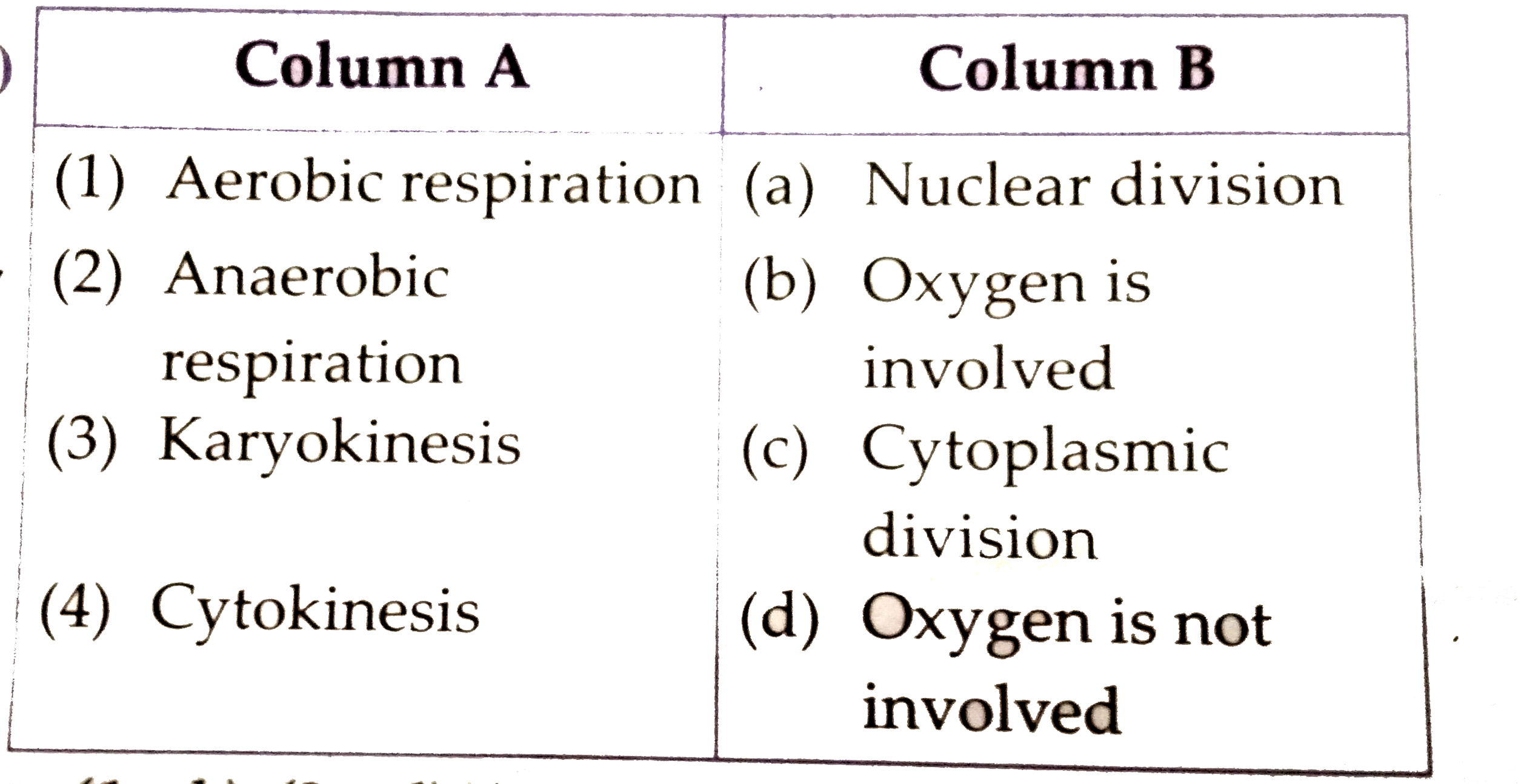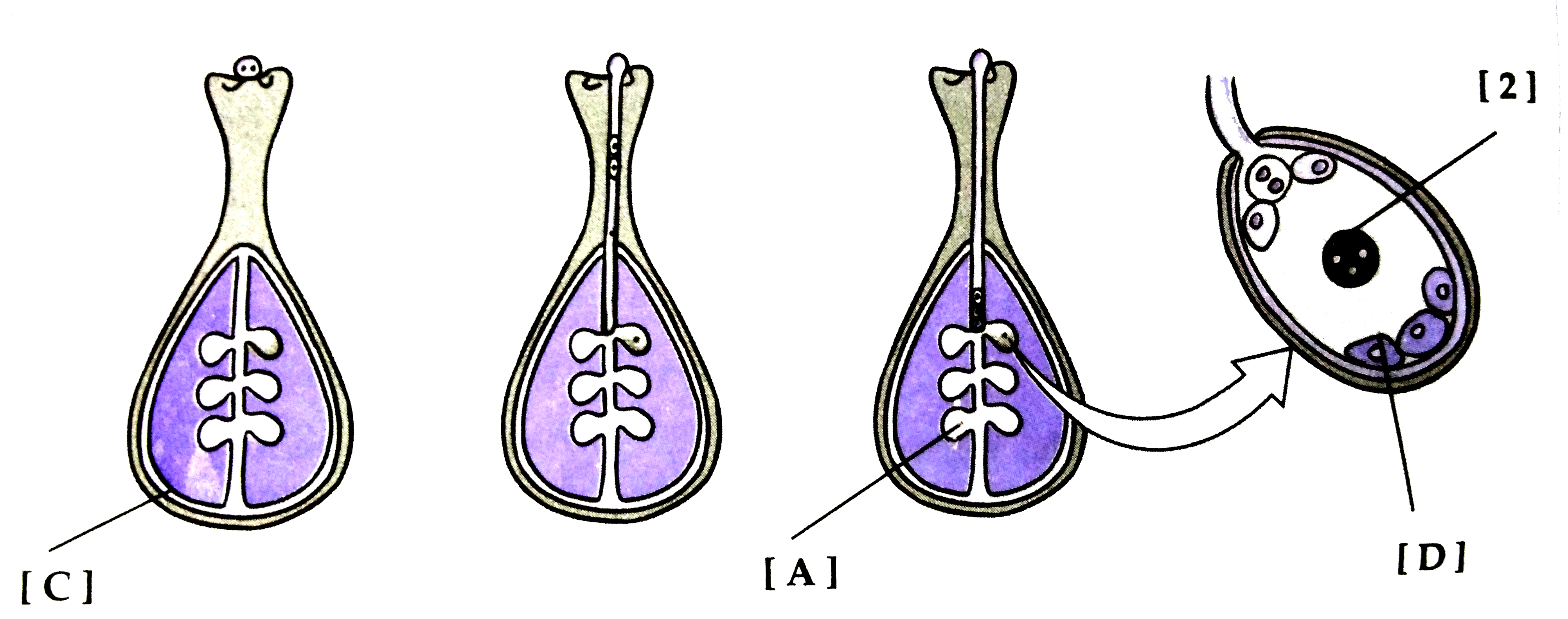The chromosomes reach opposite poles of the cell and starts to decondense during ______.Solution in Tamil
telophase
Topper's Solved these Questions
- BOOK - CHETAN PUBLICATIONCHAPTER - LIFE PROCESSES IN LIVING ORGANISMS PART-1EXERCISE - Complete the correlation12videos
LIFE PROCESSES IN LIVING ORGANISMS PART-1
- BOOK - CHETAN PUBLICATIONCHAPTER - LIFE PROCESSES IN LIVING ORGANISMS PART-1EXERCISE - Match the following3videos
LIFE PROCESSES IN LIVING ORGANISMS PART-1
- BOOK - CHETAN PUBLICATIONCHAPTER - LIFE PROCESSES IN LIVING ORGANISM PART-2EXERCISE - Assignment-3 (Answer in detail ).1videos
LIFE PROCESSES IN LIVING ORGANISM PART-2
Similar Questions
Carbohydrates : 4 Kcal of energy :: Lipids : _________.
01:30View SolutionMatch the following columns
 01:53View Solution
01:53View SolutionObserve the figure and answer the following questions.

(i) Label (A) to (D)
(ii) What process is shown in the diagram ?
(iii) Explain the process01:57View SolutionIn which stage, the chromosomes that have reached their respective poles decondense and lose their individuality
02:23View SolutionThe chromosomes cluster at opposite poles and their identity is lost as discrete elements during
03:21View SolutionDecondensation of chromosomes occurs during
02:25View SolutionThe homologous chromosomes move towards the opposite poles during
01:34View SolutionDuring cell division, the splitted chromosomes move towards opposite poles due to
03:25View SolutionPhase in which chromosomes reach opposite poles of the cell
04:45View SolutionDuring cell division chromosome move towards different poles due to:-
02:37View SolutionChromosomes decondense and lose their individuality during
08:16View SolutionCondensation and decondensation of chromosomes occurs respectively in
01:46View SolutionName the stage of cell division in which chromosomes cluster at opposite poles.
01:30View SolutionThe chromosomes reach oppsite poles of the cell and start to decondense during ______.
02:05View SolutionThe separated homologous chromosomes of a pair move towards opposite poles during
View Solution

